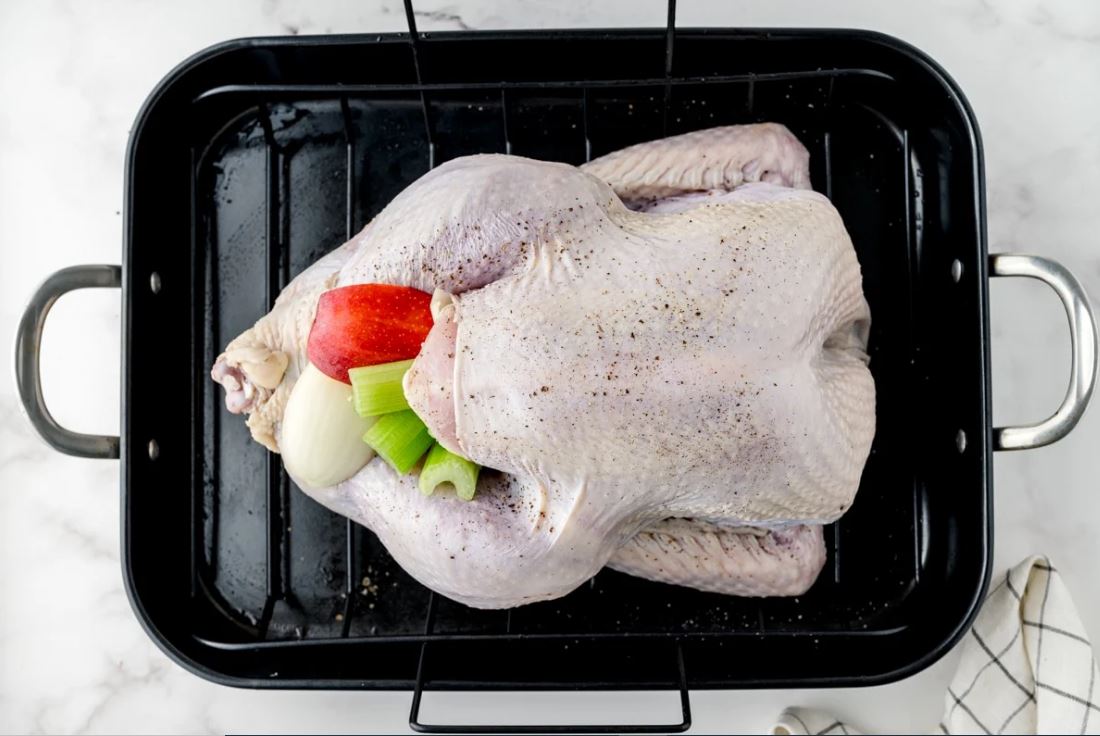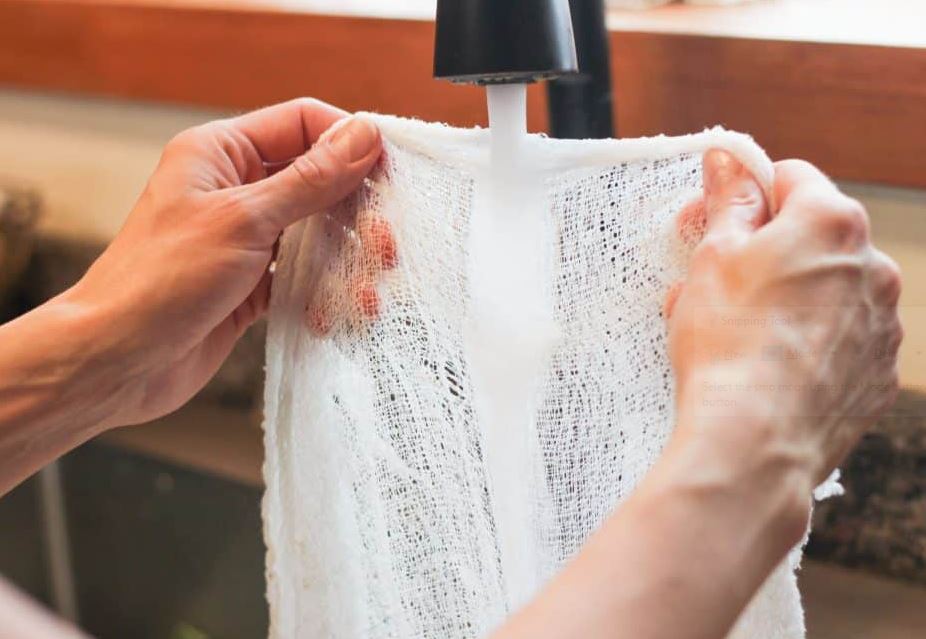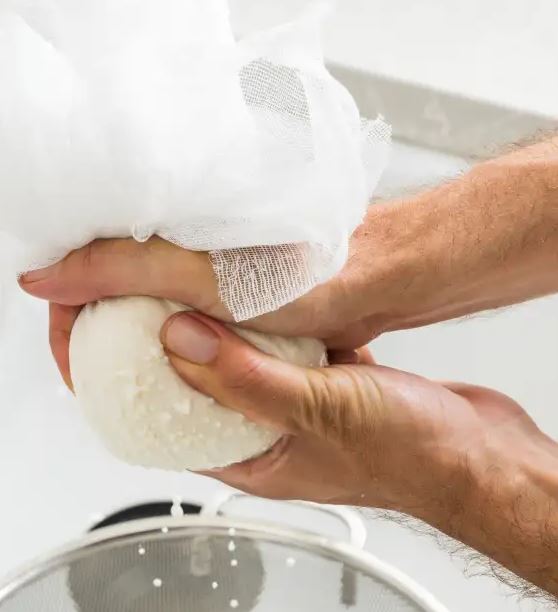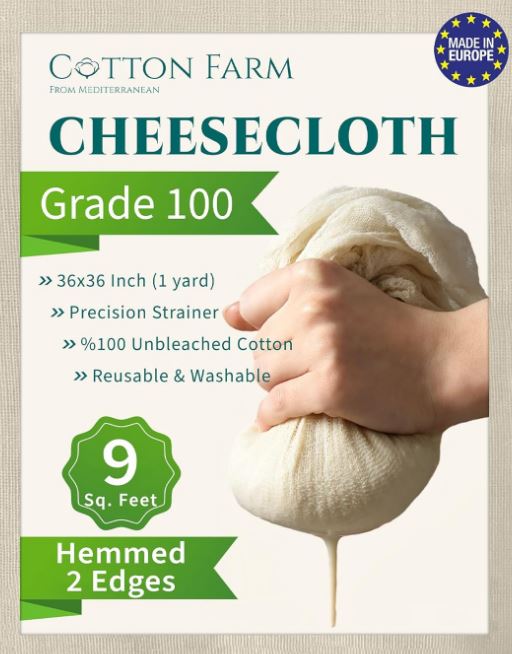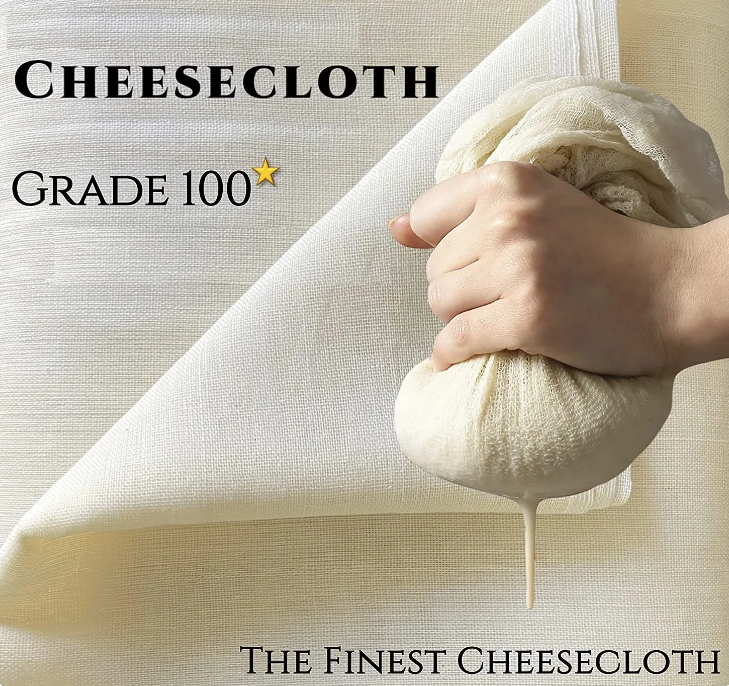Reliable Tips On Basting Poultry with Cheesecloth
Basting poultry with cheesecloth is a time-honored technique that enhances the flavor and texture of the meat. This method involves soaking a piece of cheesecloth in butter or oil and then draping it over the poultry as it roasts in the oven. As the poultry cooks, the cheesecloth helps to keep the meat moist. It also infuses it with the rich flavors of the basting liquid. In this post, we will explore the history and origins of basting poultry with cheesecloth. We’ll also dwell into the science behind why this technique is so effective. We will also discuss the best …
